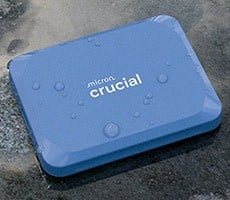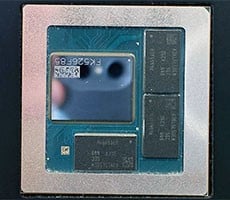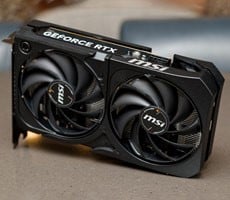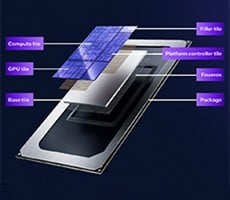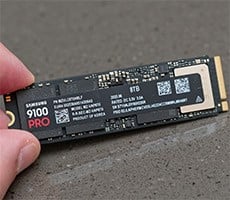Samsung SSD 970 EVO Plus 2TB Review: Burly, Speedy NVMe Storage
At its core, the 2TB Samsung SSD 970 EVO Plus is virtually identical to the other drives in the line-up, save for a larger DRAM cache and, obviously, more NAND storage capacity. Here’s how the full line-up compares to the original SSD 970 EVOs, followed by some additional details, and of course the benchmarks...
|

As we mentioned in our original coverage, the Samsung SSD 970 EVO Plus series is offered in four capacities, ranging from 250GB on up to the capacious 2TB model we'll be showing you here.
All of the drives in the Samsung SSD 970 EVO Plus series use the same M.2 (2280) "gumstick" form factor and offer peak read bandwidth of up to 3.5GB/s. Write bandwidth tops out at 3.3GB/s, which was a significant uptick from the original 970 EVO's 2.5GB/s limit. The drives’ max IOPS ratings vary depending on queue depth, but peak at approximately 620K for reads (at QD32) and 560K for writes. And the 970 EVO Plus’ endurance ratings also vary based on capacity, peaking at 1200TBW for the big-dog, 2TB SSD 970 EVO Plus. As you'd expect, endurance drops as capacities decrease, but they remain in-line with the original 970 EVO drives.
All of the drives in the Samsung's SSD 970 EVO Plus series feature the company's latest 3-bit per cell 96-layer TLC V-NAND and Samsung's Phoenix controller that appeared with the original 970 EVOs and Pro. The Phoenix controller has a native PCIe Gen 3 interface and supports the NVMe 1.3 protocol. Other details are scarce on the controller, but Samsung claims it enables enhanced performance and has improved thermal characteristics over previous-gen offerings, thanks in part to a nickel coating on the controller itself that helps to better dissipate heat and minimize thermal throttling. A DTG (Dynamic Thermal Guard) algorithm incorporated into the newer firmware also helps the 970 EVO Plus better manage long, sequential transfers in comparison to the 970 EVO, before throttling due to thermal saturation. Samsung claims the EVO Plus is up to 53% better than the EVO at handling, long, sustained workloads.
One of the Phoenix controller’s cores is dedicated to optimizing communications between it and the host system, and the controller is clocked higher than the one used on previous-gen drives as well, which helps boost peak transfer speeds and reduce overall latency. The Phoenix controller supports all of the features you’d expect from a current SSD, like TRIM, garbage collection, S.M.A.R.T., etc., and it supports various encryption technologies as well. Depending on the capacity, all of the drives also feature a discrete LPDDR4 DRAM cache -- that cache is a full 2GB on the 2TB drive.


Samsung warranties the SSD 970 EVO Plus series drives for 5 years, which is very good for a consumer-class SSD. All told, the new Samsung SSD 970 EVO Plus series is essentially an evolution of the existing EVOs, that leverages Samsung's latest NAND technology.
Now, let's see how this muscular 2TB SSD performs...


